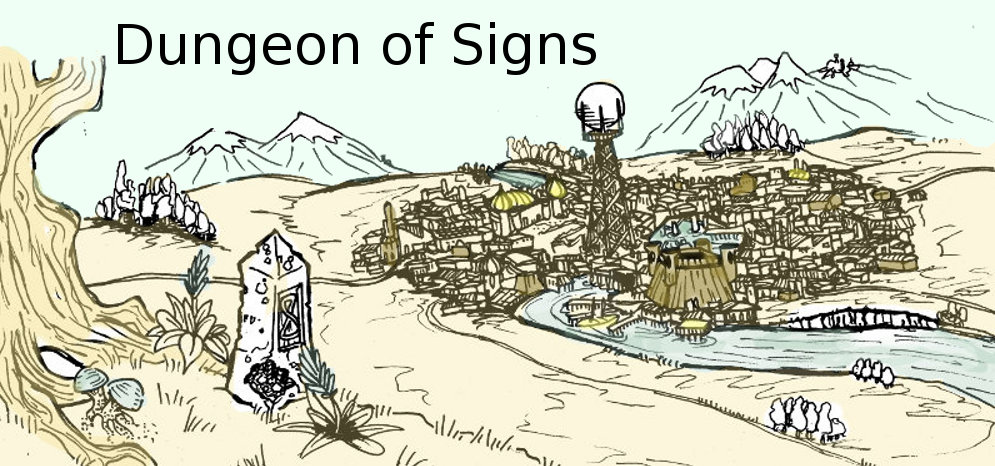I'm not sure if this is a review or a mediation on adventure design principles, but I've recently been thinking a bit about the horror genre and tabletop adventures - while running a location based wilderness point-crawl with a post-apocalyptic high fantasy setting. My long running game set aboard the HMS Apollyon attempted to have horror elements, though perhaps failed in that regard, and with that in mind I find myself looking at the first really successful horror themed D&D module - I6 Ravenloft, -written in 1983 by Tracy and Laura Hickman, a few years after two other modules I've reviewed here (somewhat unfavorably): Rahasia (1979 republished/rewritten 1984) and Pharaoh (1980), but before the couple launched into Dragonlance.
To understand Ravenloft, and perhaps to give my critique of it a more appreciative cast I think it's first important to look at the Hickman's adventure design in general. If Gygax's adventures can be identified by a certain actuarial abundance and callously fair mercilessness (The deadly but entirely rational traps of S1-Tomb of Horrors, or the highly detailed Keep in B2-Keep on the Borderlands), the Hickmans' adventures are about: storytelling and heroic narrative. They may be the creators of this school of adventure design. If one should thank Jennell Jaquays for interesting non-linear map design, the Hickmans stand tall in the annals of game design by offering an alternative to the location based adventure and approaching tabletop games with a novelistic eye rather then that of a wargammer. That is to say that even Rahasia, written at the same time as Keep on the Borderlands, wants to tell a specific story where the player characters are heroes of an epic fantasy struggle and does so with set piece encounters that flow logically into one another. Of course this "story path" style of play can lead to the sort of awful excesses that deny player choice and freedom to have a say in the story of their characters - the railroads, forced decisions, coercive encounters and quantum ogres that mark 00's and 10's mainstream tabletop products. The Hickmans' own work isn't usually as bad as all this, it's not even as bad as a contemporary OSR influenced WOTC product like Lost Mines of Phandelver, and the saccharine vanilla fantasy flavor of most of the Hickmans' work is done earnestly, with a certain unique flair and in general far more forgivable in 1979 or 1983 than 2016. Ravenloft is likely the best of their adventure design work, and it contains a lot of interesting ideas that sometimes fall flat or are two big for the module they're in, but are generally not boring. It's a novel and useful effort at design - one that I personally wouldn't run expect under certain circumstances, but would be tempted to steal some ideas from.
 |
| Yup, That's Pretty Gonzo |
